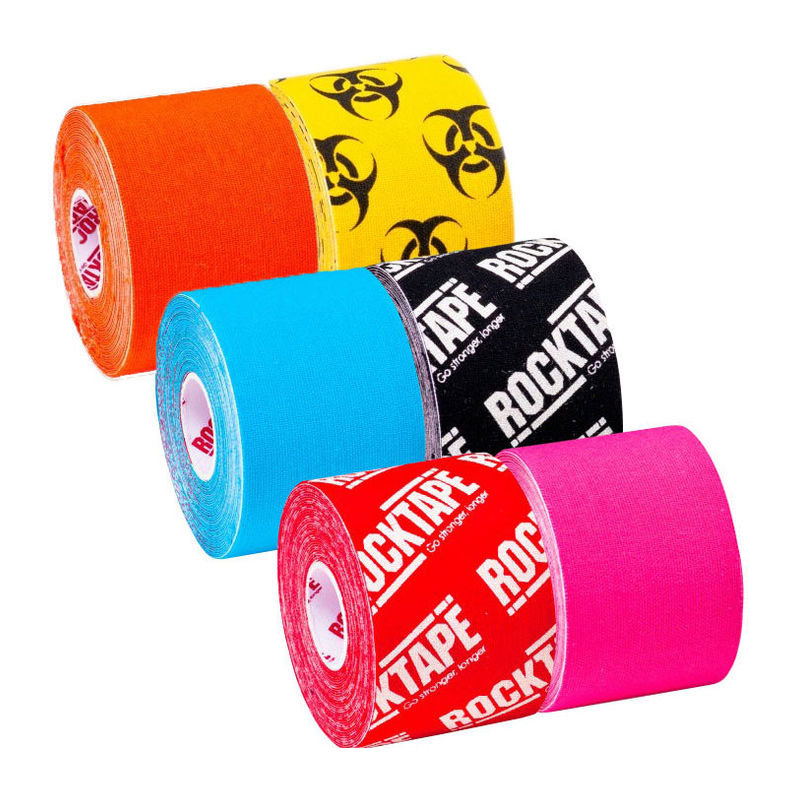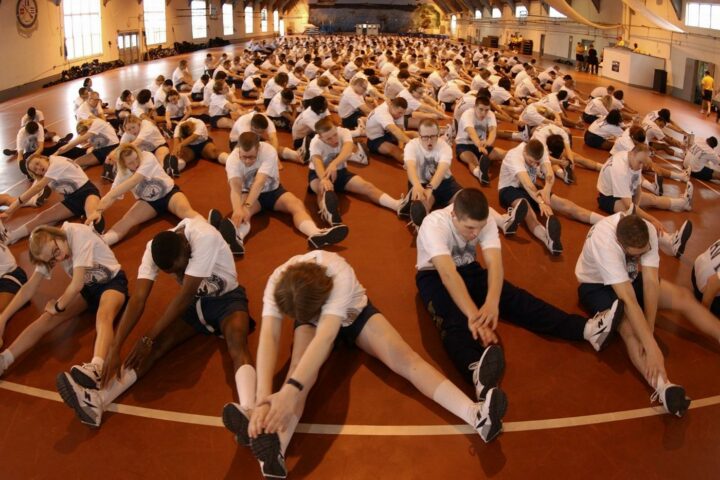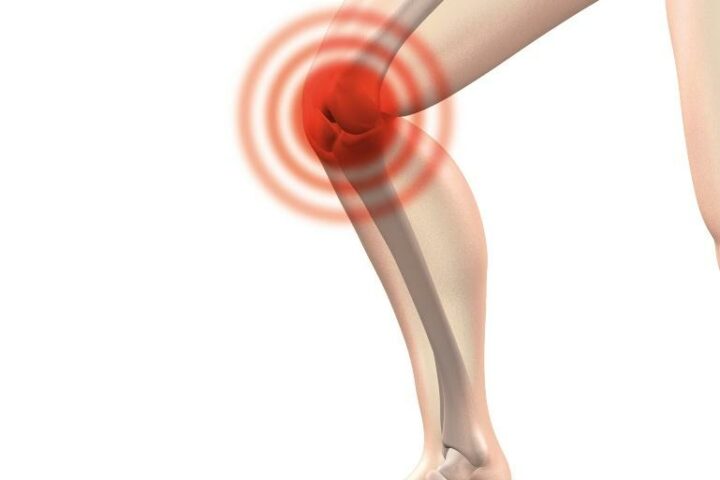Have you ever seen athletes wearing strange strips of bright neon colors, argyle patterns or cow prints in weird designs all over their body? Kinesiology taping has a unique purpose and was designed by Dr. Kenzo Kase, a chiropractor, in the 1970’s, and has recently exploded in popularity and in mainstream usage after its utilization by numerous Olympic athletes. Nowadays it can be seen on runners, CrossFitters, Olympic and professional athletes, and weekend warriors alike. What’s it’s purpose, you ask?
Kinesiology tape is used to help decrease pain, swelling, and inflammation. It is designed to support and “cue” muscles and joints in order to help you move efficiently through your activities of daily living or while in the gym. It also decompresses or “lifts” the skin in order to help improve circulation for a faster recovery time. Lastly, it stimulates certain touch-receptors in the skin, called mechanoreceptors, which helps override local pain signals, allowing for decreased sensations of pain at the site of application.
Let’s talk about anatomy and the nervous system for a quick second. Skin is the largest organ in the body and within it are nociceptors and mechanoreceptors. Nociceptors are involved in relaying information about irritating or damaging stimuli to the brain, where the signals are interpreted, processed, and ultimately output as “ouch”! Mechanoreceptors are involved in relaying information about touch, pressure, and vibration to your central nervous system; these sensors help your brain keep track of what the rest of the body is doing, and how it is interacting with the environment.
For example: if we have a runner with shin splints, the tissue irritation and damage in their shins causes their nociceptors to become irritated, which is relayed to the brain and interpreted as pain. If we apply the tape to the skin it increases the patient’s subconscious awareness of the area by stimulating the the local mechanoreceptors, which interfere with the signalling of the nociceptors as they travel through the nerves into the spinal cord and into the brain; effectively blocking a degree of the intensity of the “irritating” signals with the “normal” signals of touch. The tape also creates a “lifting effect” on the skin improving circulation for lymphatic drainage from the area, which helps speed the inflammatory process and decrease local swelling. The overall effect is a decrease in pain, improving posture, and decreasing recovery time.
Dr. Jane Palvalkis DC




